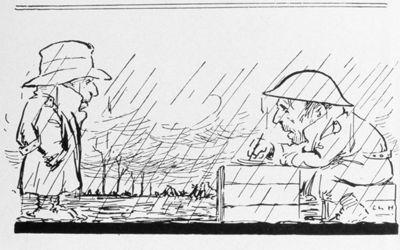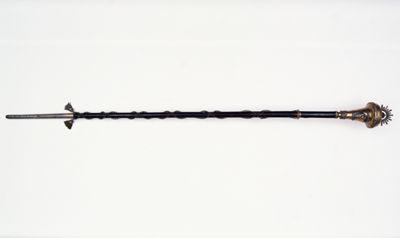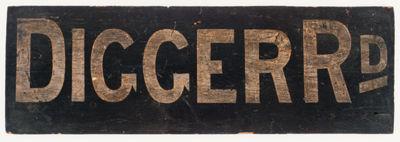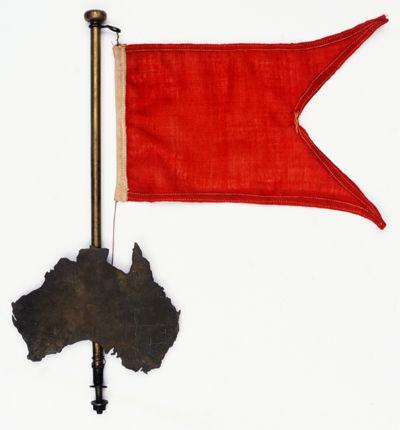Forging the Nation - The Western Front
- Forging the Nation: home
- Federation
- National identity
- Seeking security
- The First World War
- Towards the future
- Australians
- Introduction
- Capture of New Guinea
- Victory for the Navy
- Gallipoli campaign
- The Western Front
- Conscription
- Light Horse in Middle East
Five Australian Divisions, each of 20,000 men, served on the Western Front between 1916 and 1918. All were volunteers. On 1 November 1917 the divisions were brought together as a single Australian Corps.
Throughout 1916 and 1917 the losses were heavy and gains were small. In 1918 the Australians reached the peak of their fighting performance in the battle of Hamel on 4 July under the command of Lieutenant General Sir John Monash. Then from 8 August, they took part in a series of decisive advances until the end of the war.
Distinctively dressed and confident in attitude, the Australians were widely recognised as an outstanding fighting force on the Western Front. The soldiers called themselves "diggers" and the reputation they had won on Gallipoli for courage and endurance was confirmed and enhanced. Over 46,000 of them died in France and Belgium.
Will Dyson was one of the first artists to capture the experiences of Australian soldiers on the Western Front.

"How do yer spell 'delightful', Bill?”
From More Diggerettes 1920, by CL Hartt, pg 61. Collection of the Australian War Memorial.

Proudly Australian.
This staff, bearing Australian symbols, was presented to the 37th Battalion AIF and was carried by the battalion's band to France. It received minor damage during an air raid on Péronne on 1 October 1918. AWM REL 01073

Street sign from France.
Australian troops replaced the German street signs in Péronne following the capture of the town on 1 September 1918. By this time the word digger was universally applied to Australian troops serving in France. AWM REL 00975

Generals' car pennant.
A distinctly Australian mounting for the red pennant carried on the car of the General Officer Commanding the 2nd Australian Division in France. Sir Neville Smyth and Sir Charles Rosenthal flew it during 1917 and 1918.
AWM REL 01085